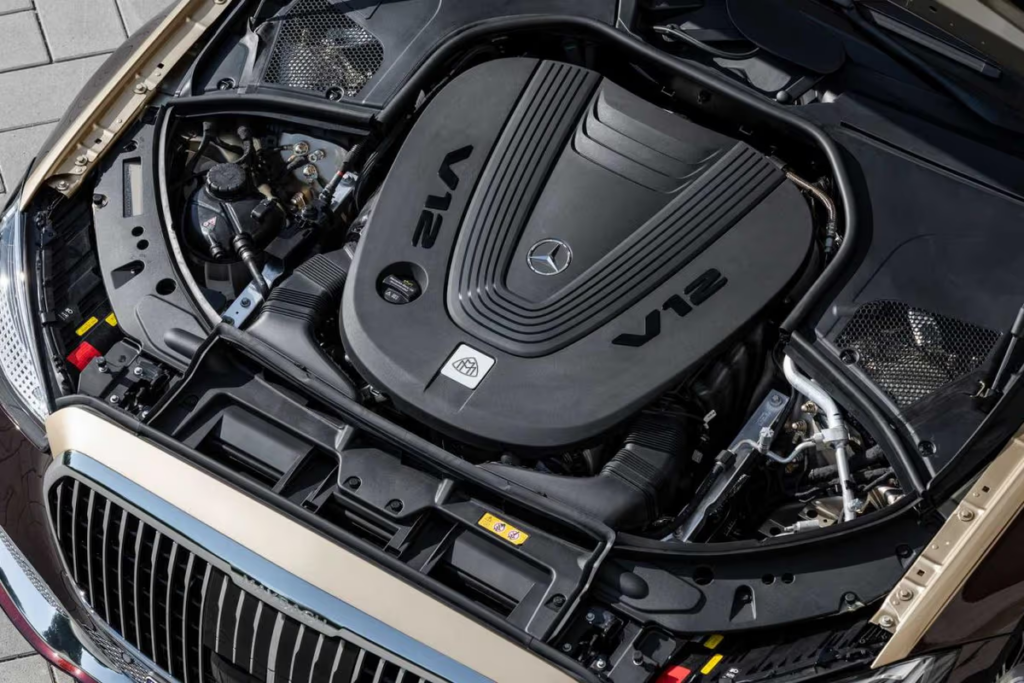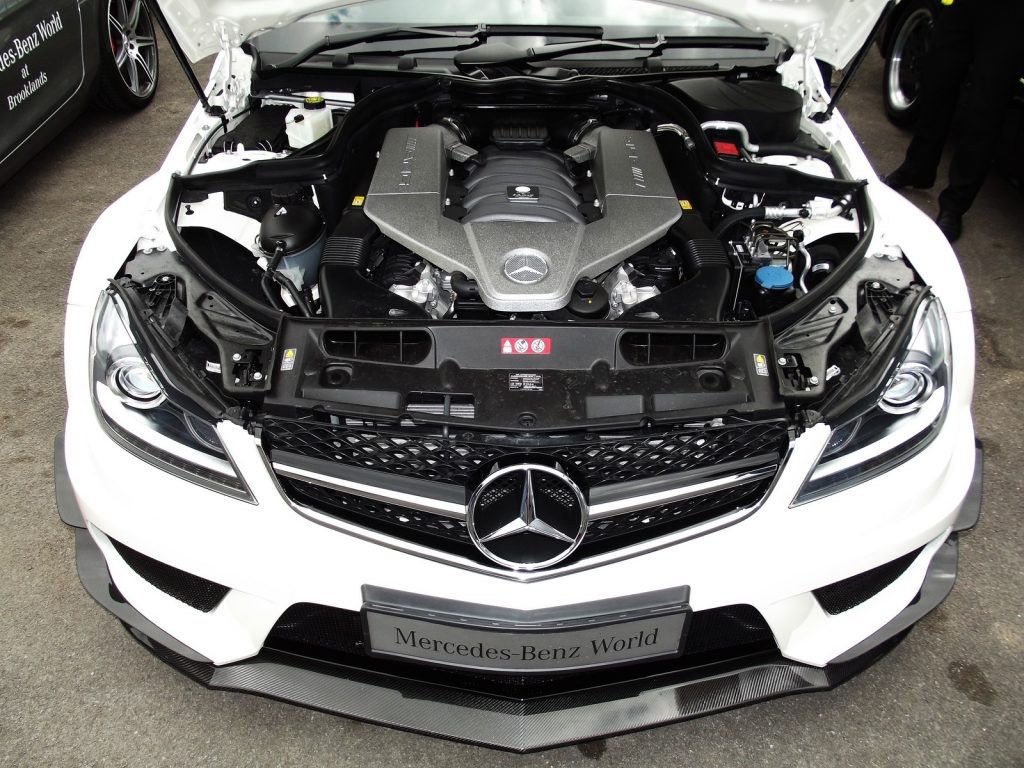During Mercedes-Benz’s recent annual results conference, the company presented its strategy on how to become “leaner, faster, stronger.” Their strategy map is “Mastering Transformation” and it is apparent that Mercedes-Benz is not paying lip service to management buzzwords. The company has a full plate: electrification of such key models as C-Class, GLC, and E-Class, as well as a major update to S-Class.
Commitment to the V12
One of the major discoveries of this story is the fact that Mercedes has a long-term strategy for the future use of its much-loved V12 engine. This six-liter twin-turbo will remain in use in the S-Class Maybach S680 and S-Class Guard models of automobiles. But it will remain optional for most vehicles, possibly the ones from countries that have relatively low standards concerning emissions. This is noteworthy because Mercedes is the only one of the German luxury car makers to retain this twelve-cylinder unit. Today, BMW has ceased production of the M760i with 2022, while Audi has put to rest its W-12 in the previous generation A8 in 2017.
That Mercedes has not let go of this engine is quite surprising to me. The V12 is a symbol that incorporates the emotion of luxury alongside magnificent power and superior engineering. However, as the trend towards electrification intensifies, those who have one or several automobiles with the peak number of cylinders remain an exquisite privilege.

The Future of the V8
This is also retained with the V8 but gives a contemporary touch to it. AMG is working on the “next-gen electrified V8 engine” for its models on the new platform called AMG.EA. Those are only some of its principles; also, non-electricity cars are planned as the architecture will be set to contain gasoline engines as well. It can also accommodate future Euro 7 requirements; hence, it can continue being used in 27 countries from the European Union.
I appreciate this forward-thinking approach. With the electrification of the V8, Mercedes is trying to make the connection between current internal combustion engines and future EVs. They can thus sustain their performance while adhering to environmentally friendly standards, as has been seen here.

What About the Inline-Six Engines?
The most pertinent information concerning this inline-six is that there’s no reason to expect it will not remain in the Mercedes lineup. Consequently, the continuation of the extended use of the 3.0-liter unit can also be deduced from the company’s commitment to its larger engines. Furthermore, Mercedes is to introduce what is known as the 48-volt electrified high-tech four-cylinder powerplant, which will probably be a sensible next step in improving efficiency and power.
According to me, this looks like a very smart strategy from Mercedes to have changed their decision on the type of engines in their machines. It also helps the companies to meet different market requirements and allows them to stay relevant in the quickly changing automotive industry.
Conclusion
It also supports the continuation of the use of both the V8 and V12 engines by Mercedes-Benz as one of their significant hallmarks. Thus, they are paving the way for how luxury car manufacturers can transition to the society of the future by combining conventional powertrains with electrification solutions. From a car enthusiast’s perspective, it is always fascinating to see how these engines develop and remain at the apex of giving great driving performances.
While transforming into the EV player, Mercedes’ approach to defending and developing internal combustion engines reflects both reverence for the past and progress for the future.
Do you have any interesting stories or breaking news from the automotive industry? Visit our “Write for Us” page for more information on how to submit articles on AutoMotorblog.
Source: Motor1

